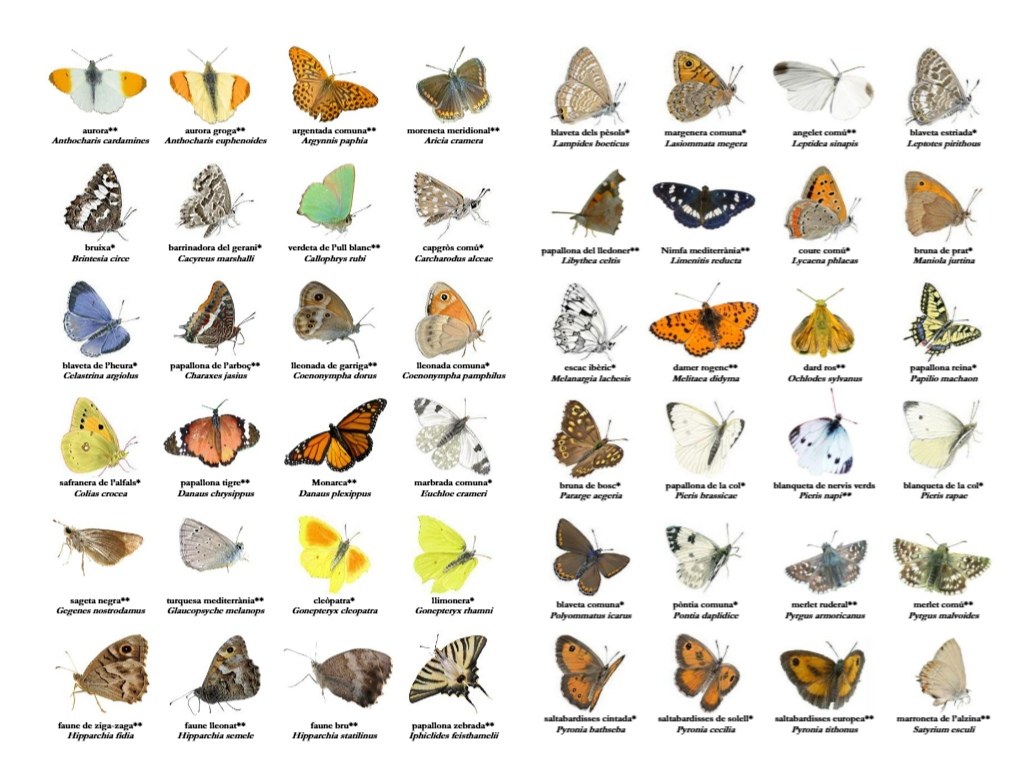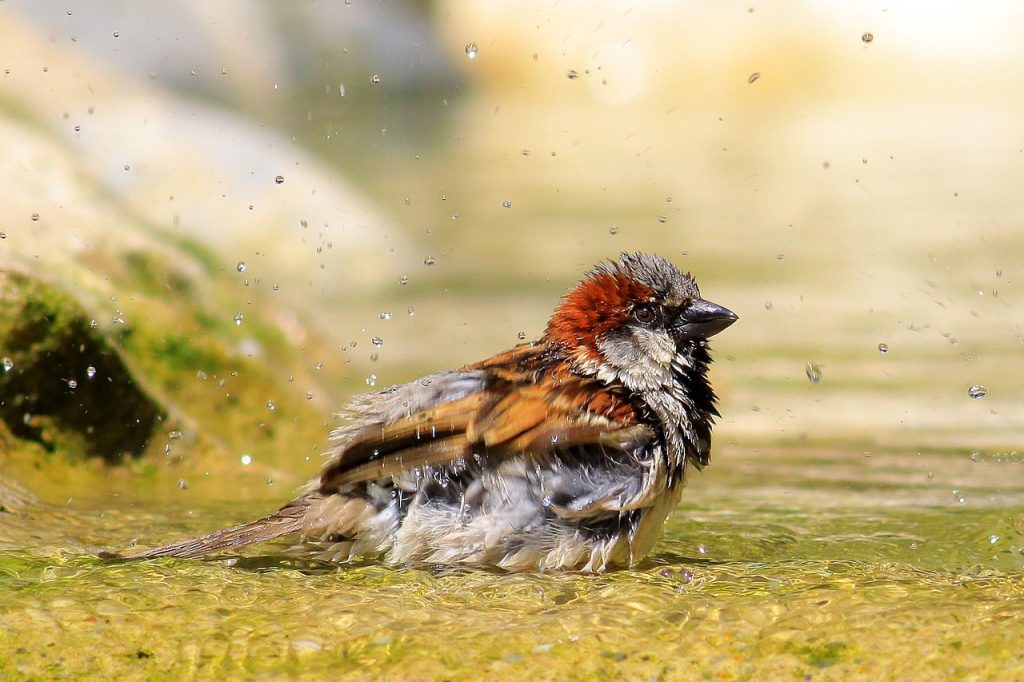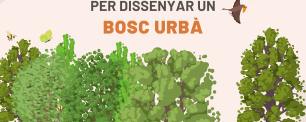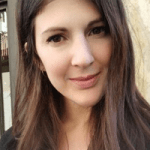What is an urban forest?
From science and from experience there is something clear in urban planning: trees cool cities. The greenest neighbourhoods have milder temperatures, even in summer, because the trees offer shade and with their perspiration they send water to the atmosphere and give it freshness and humidity. That is why, in view of the increase in heat waves, more and more people are saying that the cities of the future must have lots of trees. And this is precisely the answer to what an urban forest is: it is an extensive set of trees found in cities.
An urban forest is an extensive set of trees, shrubs and grasses that we find in cities. A forest in the city.
In addition to mitigating rising temperatures and the heat island effect that occurs in cities, urban forests also have many other benefits. For example, they offer recreational spaces in contact with nature, places to play sports, and they can house the city's fauna and flora, increasing biodiversity. Likewise, an urban forest is a climatic refuge, offering the ideal environmental conditions to protect us during a heat wave or drought.

What does an urban forest look like?
Another of the big questions surrounding the much-needed greening of cities is: what does an urban forest look like? When it comes to designing what an urban forest should look like and what essential elements should not be missing, our researcher Mariona Ferrandiz considers 10 basic aspects that we want to share. Ferrandiz is an expert in the greening of cities, through roadside trees, urban forests and the renovation of school playgrounds. Part of this work has been developed with the Replantegem project, which has changed some Catalan cities like Sabadell and has made them greener. Take pencil and paper!
10 recommendations for making an urban forest

(1) PLANT TREES
- They are great CO₂ capturers.
- They provide shade, which helps reduce the temperature in summer.
- They are habitats for many species of birds and other animals.
- They reduce ambient noise in urban areas.
- They improve air quality because they filter particulate matter through leaves.
(2) PLANT SHRUBS
- Provide shelter and food for a variety of animal species, including insects, birds, and small mammals.
- They add plant diversity, which is important for ecological resilience.
- They can serve as natural barriers to enclose spaces and create privacy zones.
(3) LET GRASSES GROW AND FORM HERBACEOUS BEDS
- Herbaceous plants help in the recycling of soil nutrients, improving soil quality.
- They promote biological diversity at the soil level, including pollinating insects and other invertebrates.
- They reduce erosion and water evaporation by covering the soil with low vegetation.
- Provide aesthetic beauty and space for recreational activities, such as walking and running.

(4) REDUCE, WHENEVER POSSIBLE, THE FREQUENCY OF MOWING
- Less mowing allows plants to grow taller and more floriferous, providing habitats and food for a variety of insect species.
- Allowing plants to complete their life cycles helps promote greater plant diversity, including wild plant species that may not have the opportunity to flower and reproduce with frequent mowing.
- A more natural grassland can provide a more attractive and diverse landscape, with a variety of flowering plants and a more natural, wild appearance.
(5) LEAVE BARE SOIL, INSTEAD OF ASPHALT.
- Improves water infiltration.
- Reduces the urban heat island effect.
- Keeps spaces available for urban wildlife and can contribute to the creation of green corridors connecting different habitats.
(6) PLACE SOME WATER ELEMENTS AND LET THERE BE PUDDLES
- Urban aquatic environments provide habitats for a wide variety of plant and animal species, including fish, birds, amphibians, insects, and aquatic plants. This biodiversity contributes to the health of the urban ecosystem. For example, swallows use mud from puddles to build their nests.
- The presence of water in urban landscapes improves the aesthetics of the environment, enhancing the well-being and quality of life of residents.
- Bodies of water can help reduce temperature extremes in urban areas, providing a cooling effect in the summer months.

(7) LEAVE LARGE DEAD WOOD IN ABUNDANCE
- By leaving dead wood, a microhabitat is created that favors biological diversity, particularly saproxylic species (those that depend on dead wood).
- Dead wood is decomposed by fungi, bacteria and other organisms, contributing to nutrient cycling.
- Dead wood helps retain moisture in the soil, creating a more humid microclimate that can be beneficial to many plants and animals, especially in periods of drought.
- Leaving dead wood in urban forests can serve as an educational tool for environmental awareness, helping citizens understand the importance of natural processes and biodiversity.
(8) LIMITING LITTER COLLECTION
Litter is usually treated as if it were waste, when in fact it is a very important resource for soil conservation and biodiversity. Instead of litter, it creates a layer where soil fauna develops, which improves soil quality and, at the same time, is also a source of food for many species of interest such as insectivorous birds, reptiles and mammals such as hedgehogs.
Considering the importance of leaf litter in the soil, it is recommended that in some areas it should not be removed.
(9) CREATING QUIET SPACES FOR BIODIVERSITY
Urban forests are areas heavily frequented by the public, which means that there are few quiet spaces for biodiversity. Therefore, on the one hand, it is recommended to create some spaces without the presence of dogs, because a large influx of dogs can modify the structure and chemical characteristics of the soil through excretions and urine, which nitrify it.
And, on the other hand, it is also recommended that there be some spaces inaccessible to people: similarly to dogs, we can sometimes cause disturbance to wildlife, alter the soil structure and damage the flora through footprints. To these problems should be added the dumping of garbage and the potential destruction of biodiversity-enhancing devices, such as nesting boxes or insect hotels, through vandalism.
(10) MAINTAINING THE THREE-LAYER STRUCTURE
When designing the urban forest, it is necessary to consider the three elements to be planted that we have mentioned - trees, shrubs and grasses - and try to maintain them in a large part of the forest. The diversity of plant layers makes the ecosystem more resilient to changes and pests, as there is a greater variety of species that can adapt to different conditions.
In addition, the different plant layers help maintain soil moisture and reduce the speed of rainwater runoff, so aquifer recharge is better and offer greater flood prevention.
The urban forest on the UAB campus
UAB's Plaça del Coneixement is under construction to become an urban shelter. The final step will be taken this fall with a tree planting in collaboration with the European project Erasmus Plus Uforest, in which we also participate. In this greening phase they will count on the citizens and the university community, who will be able to adopt a tree at the wow Nature agency.








